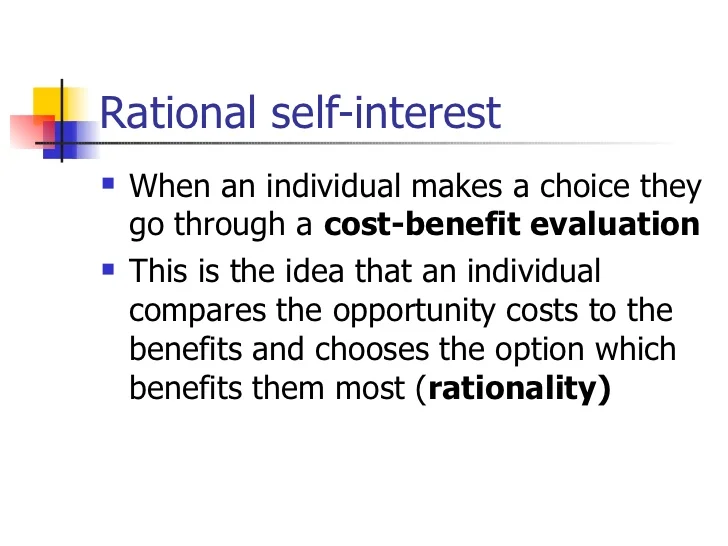Among the multitude of parallels between Bitcoin and Austrian economic theory, one of the most fascinating is how Bitcoin effectively exemplifies the Misesian philosophical foundation of praxeology in practice. The creation and adoption of this pioneering cryptocurrency is an astounding real-world case study validating many of the core tenets put forth by the luminary economist Ludwig von Mises.
At its essence, Mises’ praxeology is the deductive study of purposeful human action, based on the notion that humans engage in conscious behavior to achieve desired ends utilizing the most appropriate means available according to their perception and circumstances.

Unlike the mainstream neoclassical economic theory focused on mathematical equilibrium models, praxeology centers on the fundamental logic underpinning human choice itself. Mises argued that properly defined, economics is the analysis of every conscious action an individual undertakes to substitute a more satisfactory situation for a less satisfactory one.
The Birth of Bitcoin Through Voluntary Choice
Bitcoin was created in 2009 by the anonymous cryptographer Satoshi Nakamoto, but its revolutionary rise as an alternative monetary system perfectly encapsulates the voluntary, human-centric nature that Mises expounded.
At the core of Nakamoto’s white paper proposing Bitcoin was a model for achieving monetary integrity and independence from ruling authorities through a decentralized, peer-to-peer electronic cash system. It established a way for transactional value to be transferred globally, instantly, with no third-party intermediaries, fees, or artificial constraints.

While that may seem an ambitious enough goal, the more philosophically profound implications are how Bitcoin achieved this feat solely through the exercise of individual human action and voluntary coordination.
No centralized institution, government mandate, or backing asset was required for Bitcoin’s existence. It was formed, adopted, and grown organically through the purposeful actions of distributed humans evaluating the proposed system, recognizing its potential superiority as a means to achieve desired ends over fiat currency norms, and freely choosing to participate in production and exchange on the network.
This embodiment of voluntary, self-interested yet productive behavior aligns squarely with Mises’ conception of humans as “rational actors” perpetually seeking to improve their respective conditions by whatever means their offered circumstances and knowledge allow.
Praxeologic Properties of the Bitcoin Network
Beyond its grassroots formation reflecting Misesian thought, numerous other attributes of Bitcoin closely adhere to praxeological principles as well:
- Decentralized structure with no centralized authority enforcing rules or value
- Open source protocol rules allowing for inspection and voluntary participation
- Free market dynamics determining Bitcoin’s value through economic calculation of supply/demand
- Constant economic activity through mining and trading as the means to achieving desired monetary ends
- Incentive mechanisms encouraging productive, self-interested participation to secure the network
Austrian philosopher Hans-Hermann Hoppe even described Bitcoin as “an exemplary case of Misesian human action… demonstrating the importance of entrepreneurship, property rights, and economic calculation for the emergence of free markets and rational sustainable order.”
The Emergence of a Spontaneous Bitcoin Order
Perhaps most crucially, Bitcoin exemplifies what Mises described as spontaneous order theory – the ability for complex systems and institutions to form and maintain themselves purely through the voluntary and self-directed motivations of participating individuals, rather than top-down design or authority.
Bitcoin arose with no centralized planner, organized institution, or regulatory scheme dictating its existence or adoption. It grew spontaneously as a Bottom-up order through the free association of humans independently evaluating its benefits as a preferable money system to their current situations and choosing to create and exchange value on it accordingly.
This process of rational human actions coalescing into larger spontaneous orders that satisfy widespread demand is a pivotal aspect of Misesian thought. Bitcoin arguably represents the emergence of an entirely new robust monetary order formed not by ruling corporations or governments, but from the purposeful pursuit of individually perceived ends by volunteers worldwide adhering to an open, distributed protocol.
In this sense, Bitcoin is not just a technology but a stirring testament to Mises’ conception of praxeology itself – how the liberty for individuals to act purposefully through available means toward their desired aims can manifest complex systems and solutions superior to those derived through centralized, imposed methods.
As Bitcoin evolves and impacts the global monetary order, it will remain a compelling phenomenon through the lens of Misesian economic philosophy and the principles that so remarkably parallel its creation and continuing operation.




